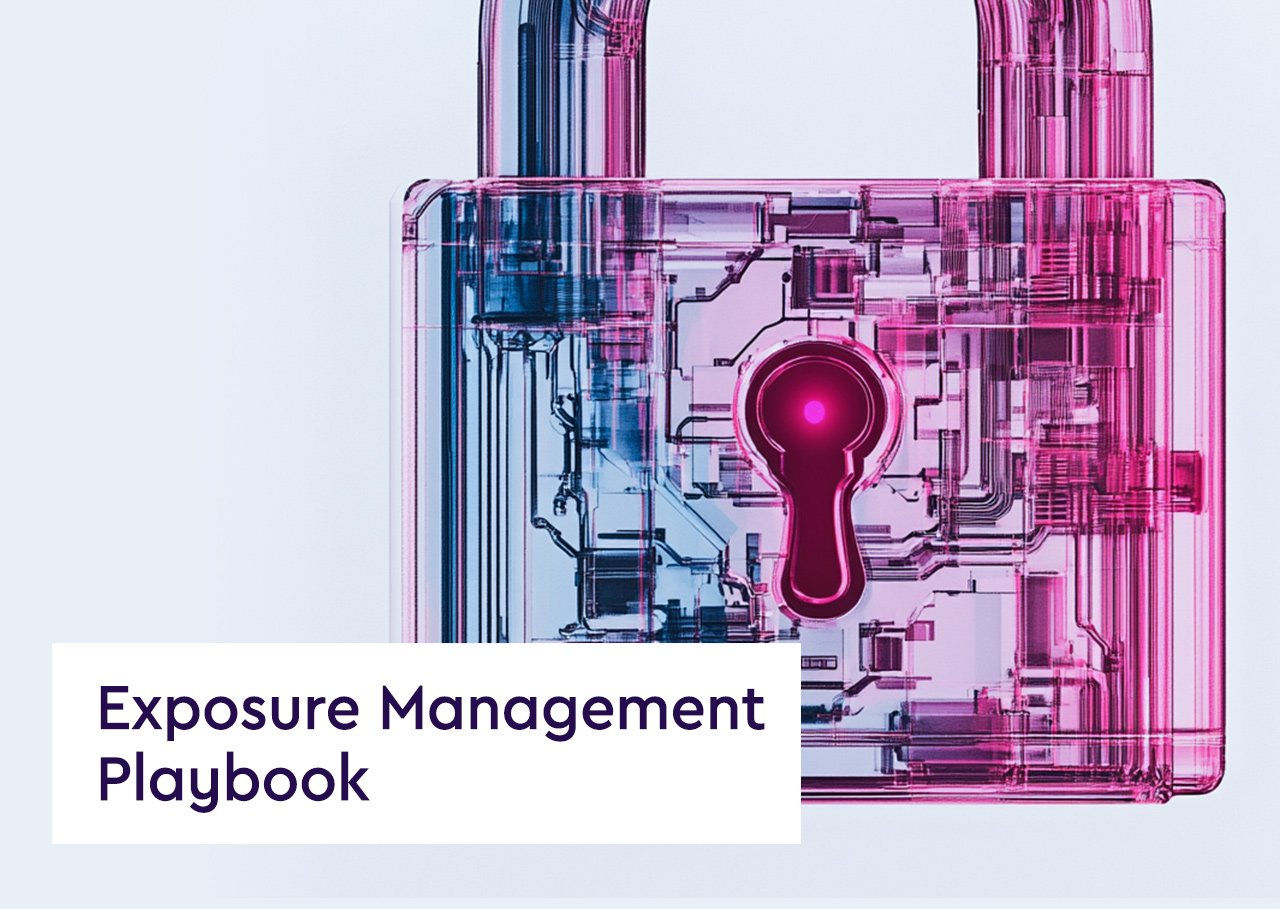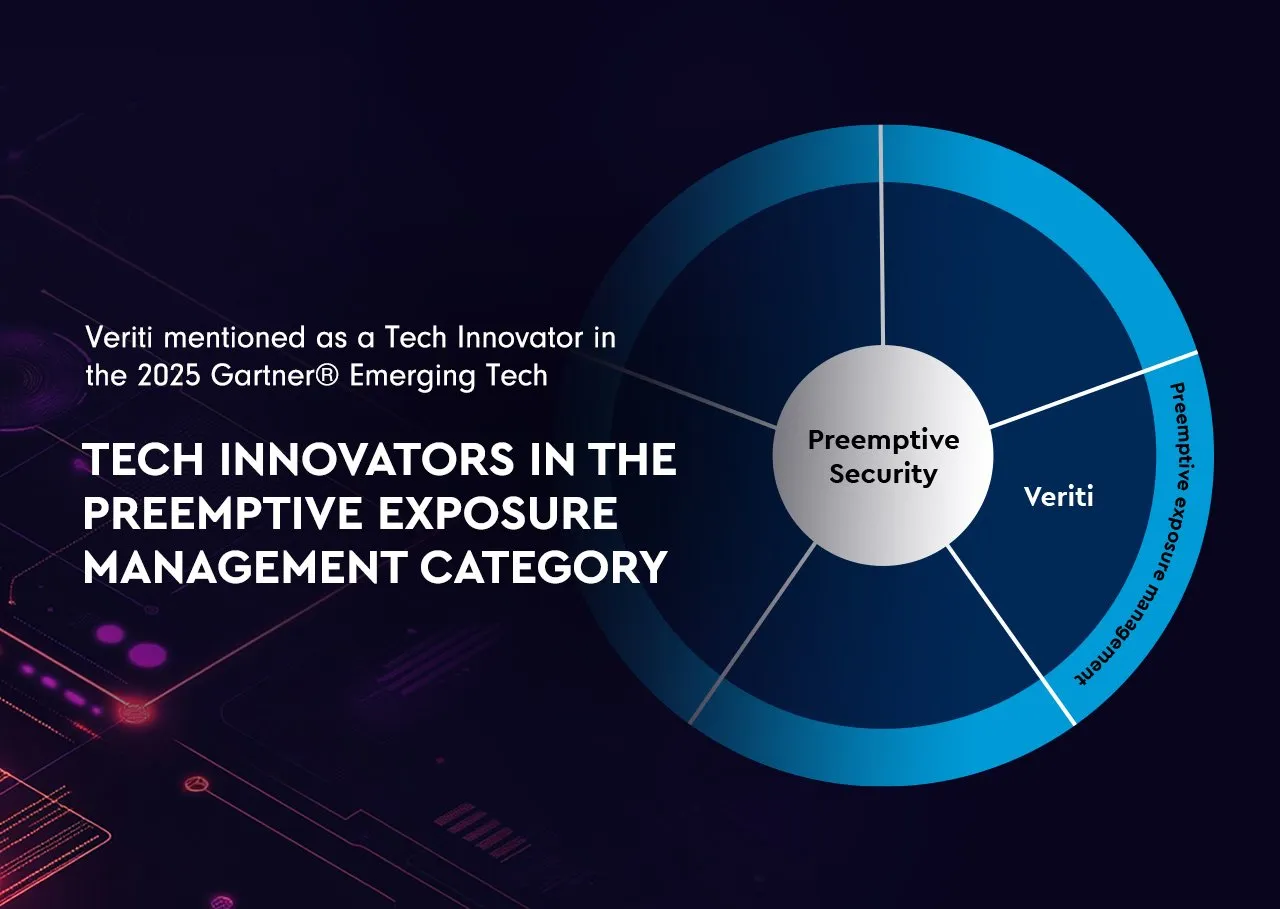Definition: In the context of cyber security, misconfiguration refers to improper or incorrect settings in software or hardware configurations that expose systems to potential security threats. Misconfigurations can occur at any level of an IT infrastructure, including network devices, servers, applications, and security systems, and are among the most common causes of security breaches.
Common Types of Misconfigurations:
- Default Settings: Failure to change default usernames, passwords, or settings, which are often well-known and exploited by attackers.
- Improper Access Controls: Incorrectly set permissions that allow unauthorized access to sensitive data or systems.
- Exposed Data: Unsecured storage of sensitive information, such as databases or cloud storage, accessible without adequate authentication.
- Insecure Interfaces and APIs: Misconfigured APIs or user interfaces that inadvertently expose private data or control mechanisms to potential attackers.
- Lack of Security Features: Disabling or failing to configure essential security features like encryption, firewalls, and intrusion detection systems.
Impact of Misconfigurations:
- Data Breaches: One of the primary consequences of misconfigurations is the increased risk of data breaches, leading to data loss or unauthorized data access.
- Service Disruptions: Misconfigurations can cause system outages or impairments, affecting service availability and business operations.
- Compliance Violations: Can result in non-compliance with legal or regulatory standards, leading to penalties and damaged reputations.
Detection and Prevention:
- Configuration Audits: Regular audits of system configurations to ensure they meet security standards and policies.
- Automated Configuration Management Tools: Use of tools that automatically manage and correct configurations to maintain secure settings.
- Security Training: Educating personnel on best practices for secure configuration to prevent human errors.
- Change Management Processes: Implementing strict change management procedures to control and monitor changes to system configurations.
Best Practices for Managing Misconfiguration:
- Regular Updates and Patching: Keeping software and systems updated to address known vulnerabilities that could be exploited due to misconfiguration.
- Use of Security Benchmarks and Standards: Applying security benchmarks and standards, such as those from the Center for Internet Security (CIS), to guide secure configurations.
- Continuous Monitoring: Employing tools that continuously monitor for deviations from secure configurations and alerting security teams of potential misconfigurations.
Misconfiguration is a prevalent security issue that can lead to significant cyber security risks if not properly managed. Organizations must prioritize configuration management, implement stringent security controls, and engage in continuous monitoring to detect and rectify misconfigurations promptly. By proactively addressing these vulnerabilities, businesses can significantly enhance their security posture and protect their resources from potential threats.




